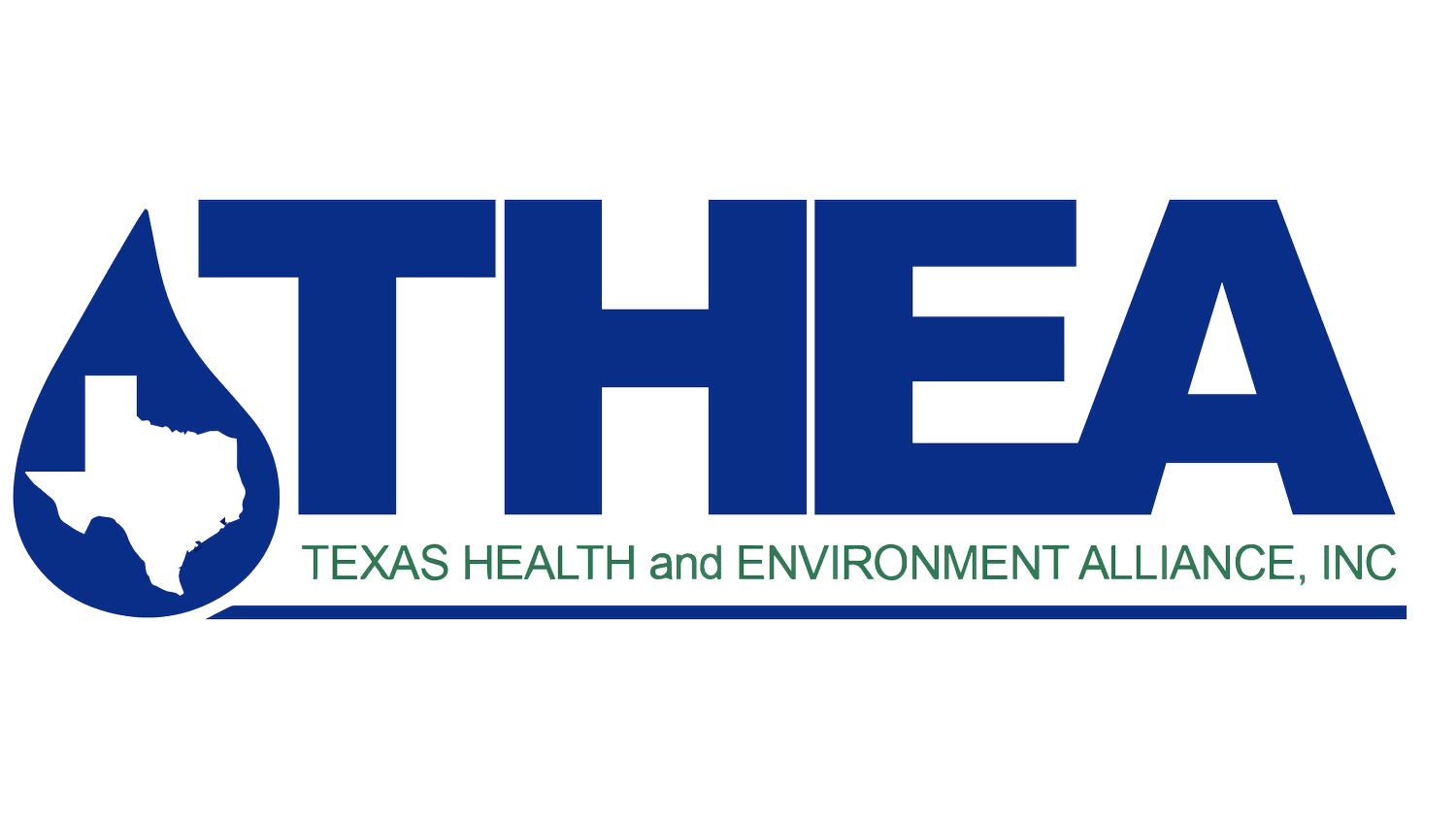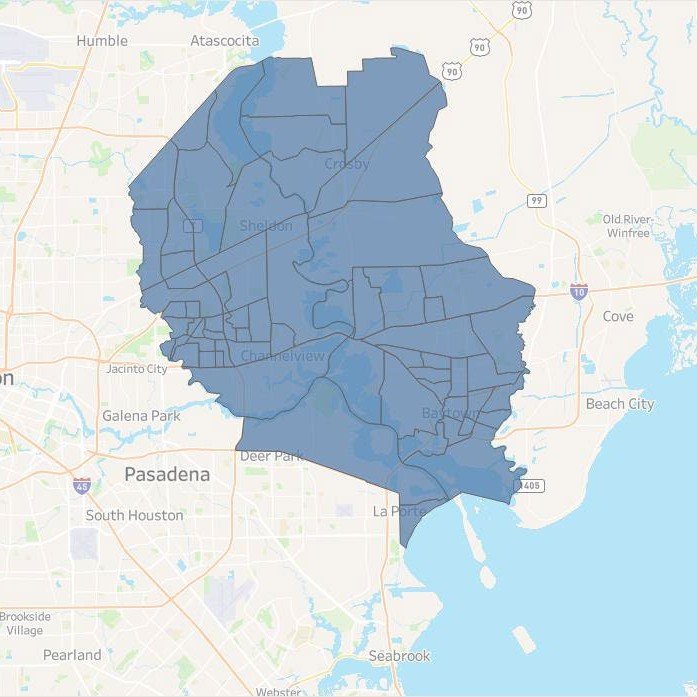Big Turnout For Cancer Cluster Meeting, But Where Was The State?
THEA held the first of its planned public meetings Tuesday, April 8th over the state assessment that designated most of the San Jacinto River floodplain in Harris County as a cancer cluster. The state reported earlier this year that the 65 census tracts covering 257 miles along the river have higher than expected rates of Cervix Uteri Cancer, Leukemia, Lung and Bronchus Cancer, and Lymphoma.
A crowd of 75 residents, six media outlets and representatives from county offices came to the THEA meeting in Highlands. Many from the community shared stories about cancer within their families and neighbors. They came to learn more about the study and many said they have been trying to get government agencies to focus on solutions for years. In the words of one resident, Gene Hennigan, “While they’re talking, we’re dying.”
One entity was missing from the meeting…the state of Texas. THEA requested the cancer assessment from the Texas Department of State Health Services (DSHS) last year. Originally, state officials told THEA they would meet with residents to explain the results. However, the state turned down an invitation to attend the meeting and talk about the assessment.
THEA has a number of concerns about the state report. We requested the study to see if it would prove the concerns of local residents that people living closest to the San Jacinto River Waste Pits Superfund Site and who are potentially exposed to dioxin from the site are experiencing abnormally high rates of cancer. However, the state did not provide the type of detailed, local information we needed.
Instead, the state only released data on the entire 65 census zone area, covering much of East Harris County.
That makes it impossible to determine if there are pockets near the river experiencing high rates of other types of cancer. It may also include residents who live within the zone but may not have higher cancer rates in their neighborhoods. The state also omitted reporting some of the types of cancer THEA requested, including several childhood cancers.
Finally, by looking at such a wide area, the state has included 330,000 people, the source of much of the water used by Houston and Harris County, and an area that is predicted to experience explosive growth in the coming years.
THEA CEO Jackie Medcalf stressed that the communities need the state to be involved and to help find solutions to what is now one of the largest cancer clusters in the state of Texas.





